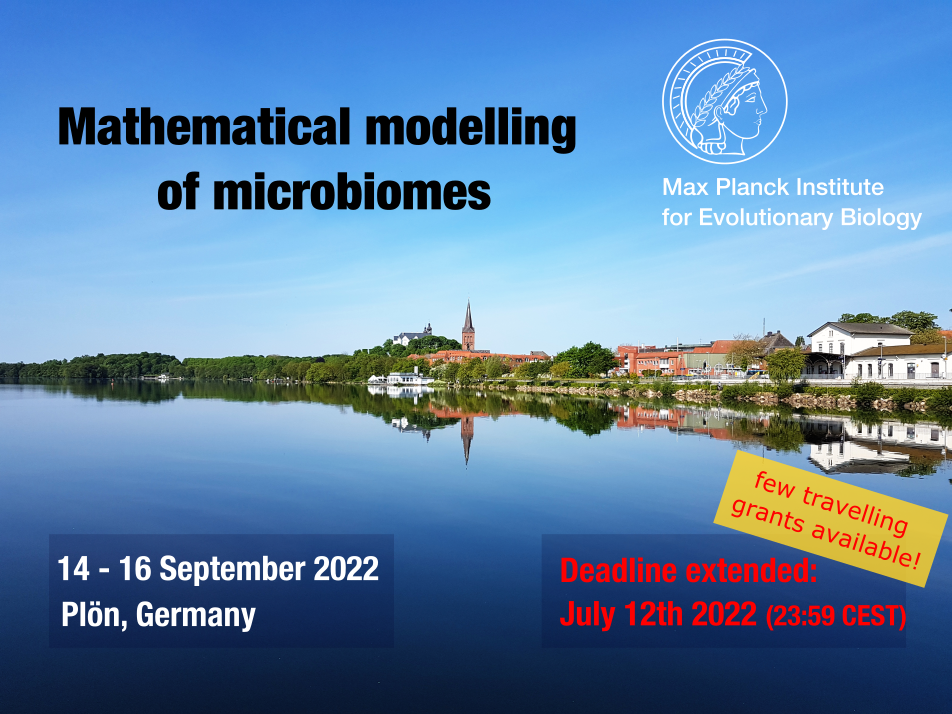Speaker
Description
Intercropping is an agricultural practice in which multiple crop species are grown together in the same field. Some plant combinations benefit from being intercropped, for instance leading to increased yield or better resistance against drought or pathogens. The mechanisms behind these benefits are largely unknown, but the soil microbial community is thought to be involved. Since the soil microbiome is highly heterogeneous, spatial structure and distance between plants likely plays an essential role. Here, we present plans for the development of a spatially explicit reaction-diffusion PDE model of multiple soil microbial species interacting with each other and with the plants through root exudates. This model will be integrated with data from concurrent greenhouse and open-field intercropping experiments performed within a recently started consortium that studies the role of plant and soil microbiome biodiversity in intercropping. Our research aims to contribute to both the fundamental theoretical understanding of microbial ecology in space, and the understanding and design of specific intercropping systems. Because this project is in the start-up phase, it would highly benefit from the interactions and discussions we expect to find at this workshop.

